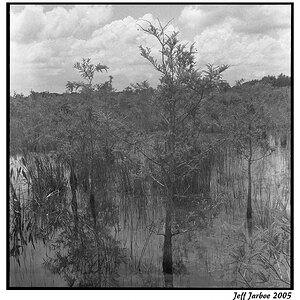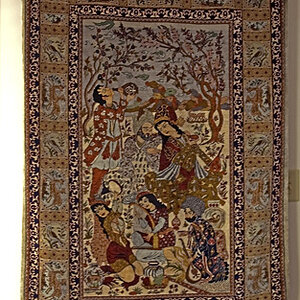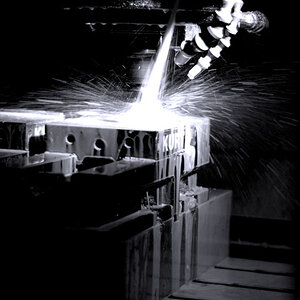Weaving Wax
TPF Noob!
- Joined
- Aug 23, 2006
- Messages
- 678
- Reaction score
- 0
- Location
- U.S.
- Can others edit my Photos
- Photos OK to edit
Ok, I've been using C-41 since I started, but my scans/prints have this warm/cool "tone". Now, I know that the paper can do this, but I was wondering if using "real" b+w would change this or if I just need to get my negs printed on paper that doesn't give a tone.
Also, what is the difference between real b+w and C-41? Should I go into using real b+w? I know I'd have to have them send it off if I wasn't using C-41.
Also, what is the difference between real b+w and C-41? Should I go into using real b+w? I know I'd have to have them send it off if I wasn't using C-41.


![[No title]](/data/xfmg/thumbnail/42/42484-fe2beb05d743deaf21681664722538d4.jpg?1619740195)
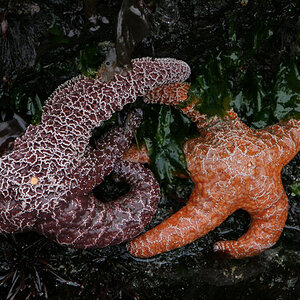
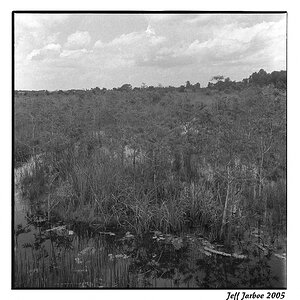
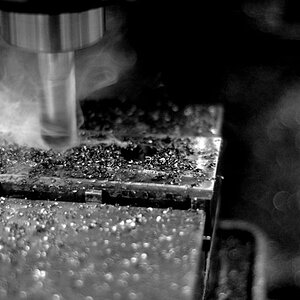
![[No title]](/data/xfmg/thumbnail/30/30876-d35f95603398bf3423b26c68d344f018.jpg?1619734492)
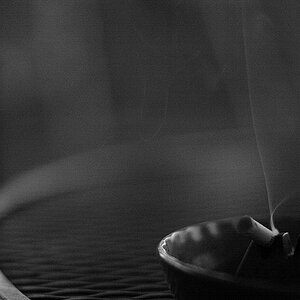
![[No title]](/data/xfmg/thumbnail/30/30877-ef8d8a8cf110d5566382bb4e8a76fd3f.jpg?1619734492)
